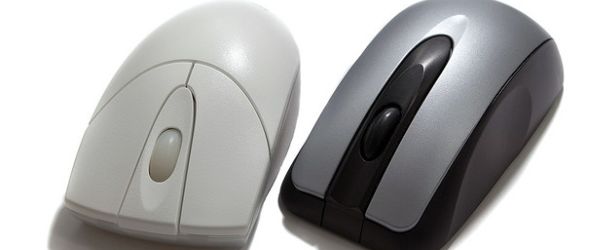In my previous article I discussed steps you can implement to ensure that a sample is ready for cell sorting. But now it’s time to make sure the sort worked. Here are a few sorting checks and measures to ensure that all’s well that ends well.
Post-sorting Checks and Measures
Re-evaluate Your Catch Tubes
Sorting is strenuous not just for you, but also for your cells. After the laser interrogation point, a lot of factors, such as nozzle size and pressure, temperature of the catch buffer or plain bad luck, can damage your cells before reaching the catch tubes. Therefore, it is important to re-run the catch tube as a sample to ensure that the cells fall in the corresponding sort gate. However, this might not always happen since you already excited the tagged fluorophore and it might not possess the same peak emission by the time you analyse your catch tube. So slightly relax your sort gates to help you heave a sigh of relief.
Fragile! Handle With Care
Cells that have just come out of the nozzle are as vulnerable as a dodo at the edge of a cliff. Don’t get all worked up and take them for a spin just yet. Allow them some time to settle down. Cell sorters are usually housed in air-conditioned rooms wherein the room temperature hovers between 19-22°C. Your cells are not used to wearing thermals so better allow them to come to a cosy 37°C before toying around with them.
Statistics to the Rescue
Strange as it may seem, the best yardstick for a sorter’s performance is its post-sort recovery than purity. Andrew Riddell and colleagues have come up with a unique parameter called Rmax that can help calculate the sort recovery based on several parameters. They have also designed calculators which can help you calculate the Rmax value for your particular sort. Facility managers might benefit more from this but it pays to be educated about it as an end user.
You Can Still Enrich
Sometimes, despite the best optimization, you may end with far less purity than desired. One way to get around this, is to put the cells back in culture and allow them to grow to a sizeable population before re-attempting the sort. If you already know that you have insufficient counts of cells, grow them in culture till they are in suitable numbers and try to enrich for the target population with a magnetic sorter. Then, continue with FACS to get better purity and/or yield.
Getting efficient sorts requires a lot of skill – both on part of the operator as well as the end user. What I have described are just some of my observations as a facility manager having had the experience of manning a great core facility.







